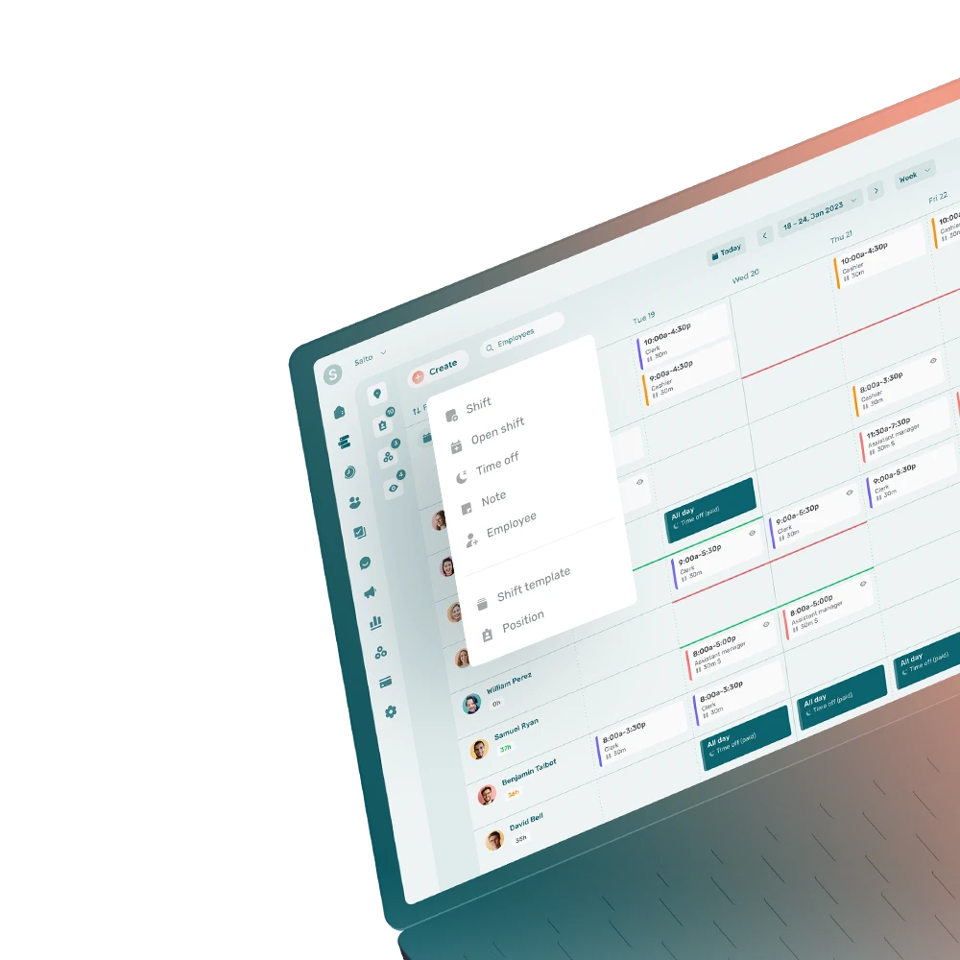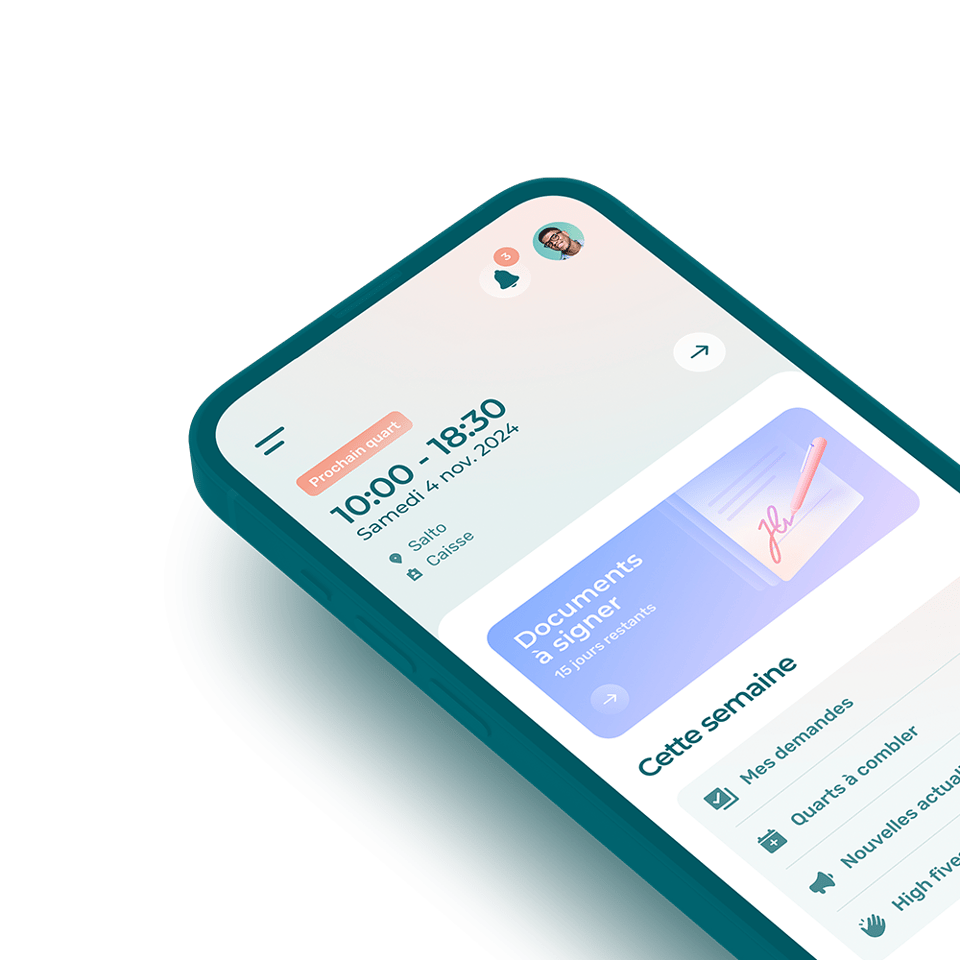Full-time equivalent (FTE) is a unit of measurement that represents the working time or amount of work performed by a single person over a full year.
What Is the Purpose of the Full-Time Equivalent (FTE) Model?
The full-time equivalent model is used to calculate the work capacity of a company’s entire workforce. FTE compares the work performed by a part-time employee with that of a full-time employee.
Companies use FTE calculations to better understand the production capacity of their workforce and to plan their budgets.
How Is the Full-Time Equivalent Calculated?
In principle, one full-time employee is equivalent to 1 FTE. To calculate the full-time equivalent of a part-time employee, the following formula can be used:
Employee’s annual number of hours ÷ annual number of hours of a full-time employee = FTE
The length of the full-time reference may vary according to the laws and regulations in place.
For example, a full-time employee works 1,820 hours a year (35 hours a week). A part-time employee works 1,203 hours per year. To obtain the part-time employee’s full-time equivalent, divide their annual number of hours by 1,820, i.e.: 1,203 ÷ 1820 = 0.75. Their FTE is therefore 0.75.
Why Calculate Full-Time Equivalents?
Calculating the full-time equivalent is an HR tool that helps quantify the capacity of an organization’s workforce. It also allows you to count the number of employees in a company on a full-time basis.
Which Employees Are Considered Full-Time Equivalents?
Employees are considered full-time equivalents if they work at least 120 days a year for a company.
How to Calculate Full-Time Equivalent?
To calculate a company’s full-time equivalent workforce, you need to calculate the FTE of each employee. Then add up their full-time equivalents to find the total number of employees.
The following formula can be used:
FTE of Employee 1 + FTE of Employee 2 + FTE of Employee 3 = Company workforce.
What Are the Different Types of FTEs?
The different types of FTEs are:
- Budgeted FTE: the maximum number of hours your company’s workforce is expected to work over a given period
- Target FTE: the ideal number of hours employees should work in order to meet company objectives and the annual budget
- Actual FTE: the actual number of hours worked by employees over a given period








